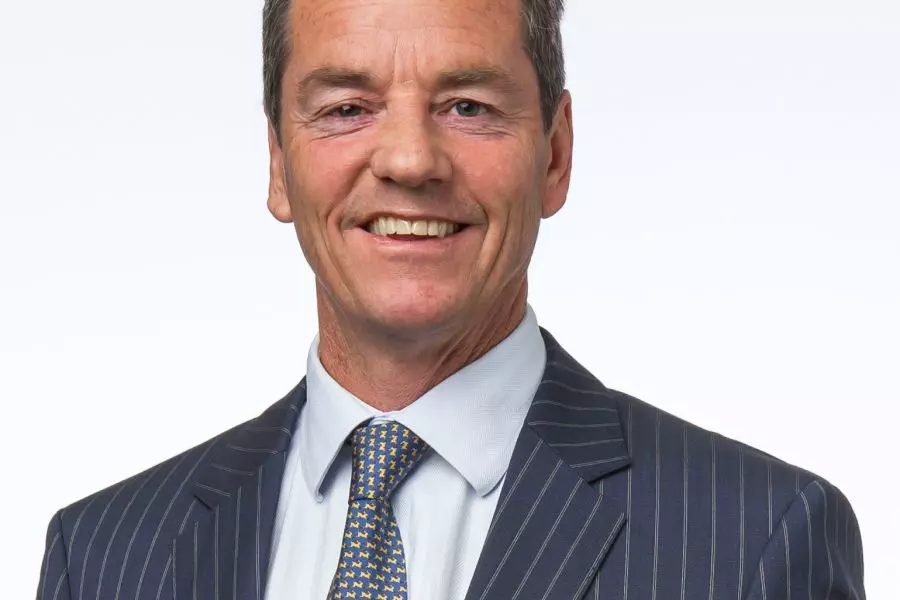News
Moving forward on meth contamination

Thursday 23rd of February 2017
Meth contamination emerged as landlords’ number one fear in several different surveys last year and, with regular stories of rental properties damaged to the tune of tens of thousands of dollars, it’s no wonder.
Veteran property investor Olly Newland even tells of one case where the investor's property had to be demolished and some remediation work on neighbouring proper...
Want to read the full article?
Click the button below to subscribe and will have unlimited access to full article and all other articles on the site.






![[The Wrap] Bye Bye Bayly](https://goodreturns.publit.io/file/c_fill,w_900,h_600/39f23ac1-f7c7-4854-b700-a150004ebbac.webp)


